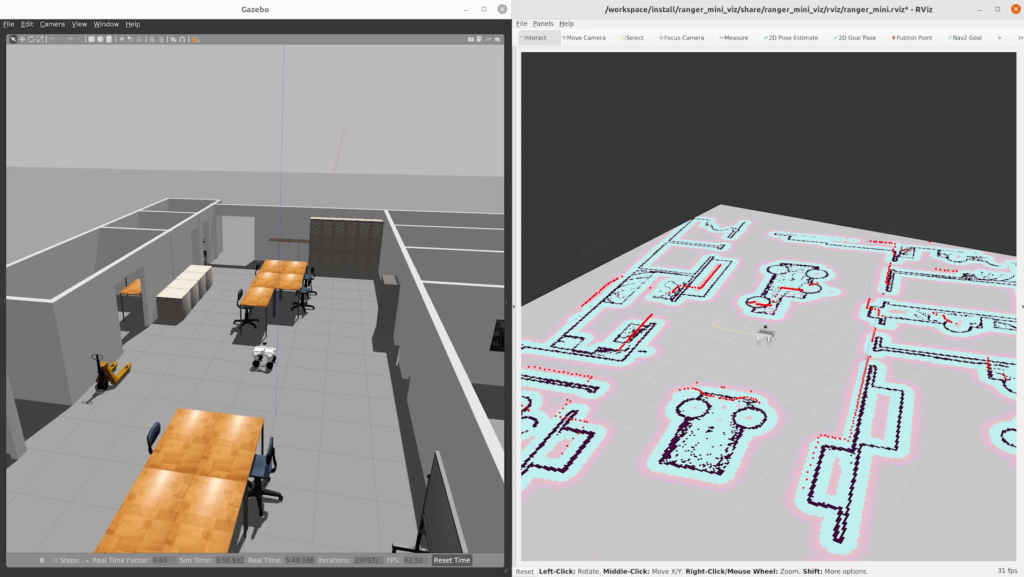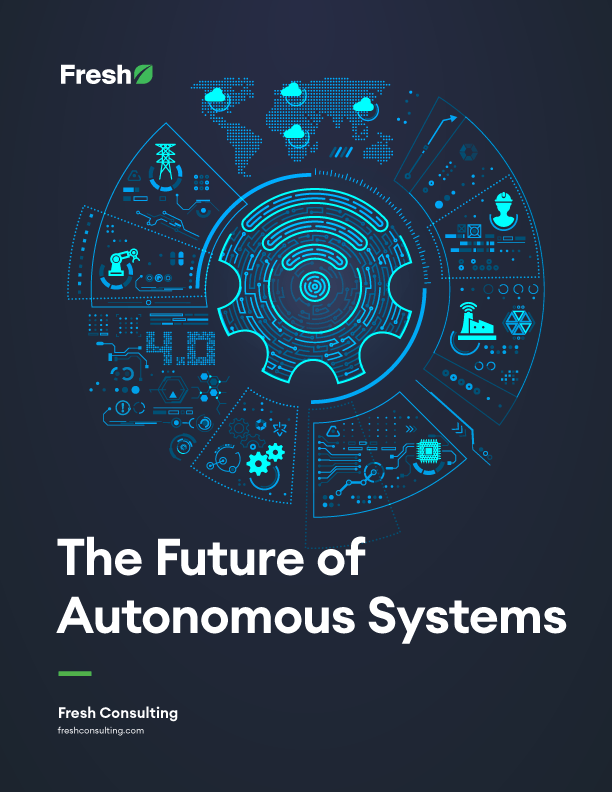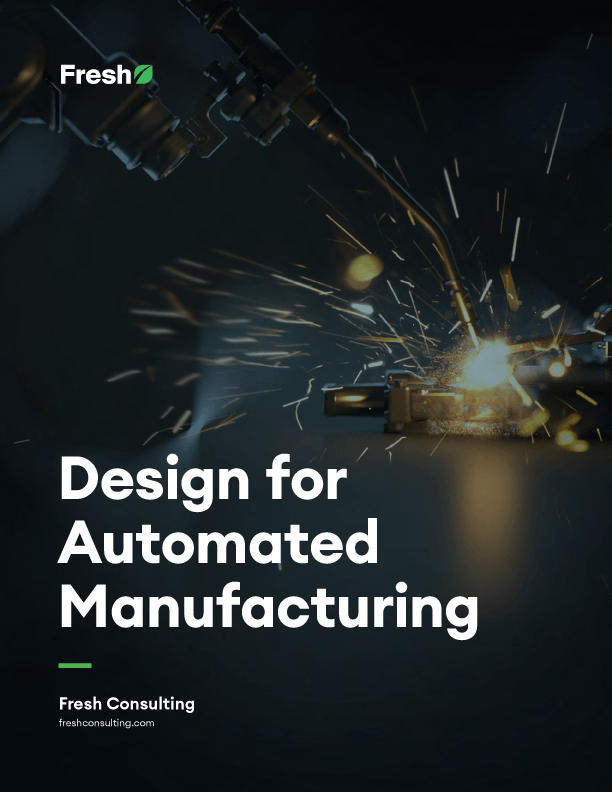Article
Manufacturing in an Automated Future

The United States is experiencing a resurgence in manufacturing; the sector has been growing year over year and the need to sustain output demands and gains in efficiencies is fueling increases in manufacturing capital investments.
- 2016 marked a turning point where more new manufacturing jobs were created by companies moving production back to the US than being outsourced overseas.
- While six million manufacturing jobs were lost since 2011, the US has regained 500,000 of those jobs.
- Officials in Washington DC have promised the creation of almost 3.5 million more manufacturing jobs within the next decade.
Growth Factors
- Investment in automation is reducing labor costs in production, increasing efficiency
and making it more competitive and affordable to manufacture in the US. - Global labor prices are rising, closing the gap between offshore and onshore direct labor costs.
- Rising energy costs also contribute to production costs in tangible ways whether related to transportation (fuel) or the electricity needed to power factories. Shipping offshore manufactured goods back to the US has become more costly in recent years and this can quickly outweigh the cost savings of less expensive labor overseas.
- Hidden costs are not always clearly understood or calculated into development costs upfront. These costs can include logistical and communication issues that come into play when working with overseas teams. The cost of sending engineers overseas on extended deployments to deal with issues is a drain on organization resource efficiency. Doing so also takes a personal and moral toll on an organization.
- Potential exposure to health risks is a real and accelerating phenomenon that needs
to be seriously weighed and considered. The 2020 Coronavirus shutdown will have
trillions of dollars in global economic impact. - Companies and governments are being more thoughtful and proactive around IP
protection when it comes to intended and unintended technology transfer. - Regarding general geopolitical and policy uncertainty, we have seen trade officials
increasingly utilize tariffs and trade protections as a more aggressive tool when
dealing with global trading partners.
As manufacturing in the US continues to increase we see increased capital investment in automation as a critical factor in increasing output and productivity gains. This also has an effect in lowering overall product costs, mitigating exposure and risks to global events and interruptions. To benefit from the investments made in manufacturing and automation, we must be able to demonstrate a positive ROI.
Efficiency has always been at the heart of manufacturing.
As author Chris Anderson writes in Makers, “US Factory output in inflation-corrected dollars, has more than doubled since 1975 and it is currently near its all time high. Even as output doubled over the past four decades, manufacturing employment fell by about 30 percent over that period. The increased output was a result of improved production efficiency, enabled by automation, leading to greater productivity per employee, not more workers.”
Even during its heyday, manufacturing saw a sharp decline in employment. Engineers have a history of figuring out how to work with less while using technology to address gaps.
Automation is becoming a necessary tool for the more sophisticated manufacturers of the 21st century in helping developed nations match up effectively with low cost and high-risk regions. As automation becomes more effective, labor costs represent a smaller portion of the product cost, making it more feasible to manufacture in countries with higher labor costs. For instance, Quartz reports that while the US has lost 5 million manufacturing jobs, American factories have doubled their efficiency in the past three decades and continued to fuel GDP growth.
With many benefits of automated manufacturing readily available, it’s only natural for US companies to consider bringing more automation and manufacturing into their businesses. It’s important to understand the potential automated manufacturing holds as well as the current best practices of design for automated manufacturing (DFAM). This knowledge is necessary for companies to fully reap the benefits of automation in manufacturing processes.









